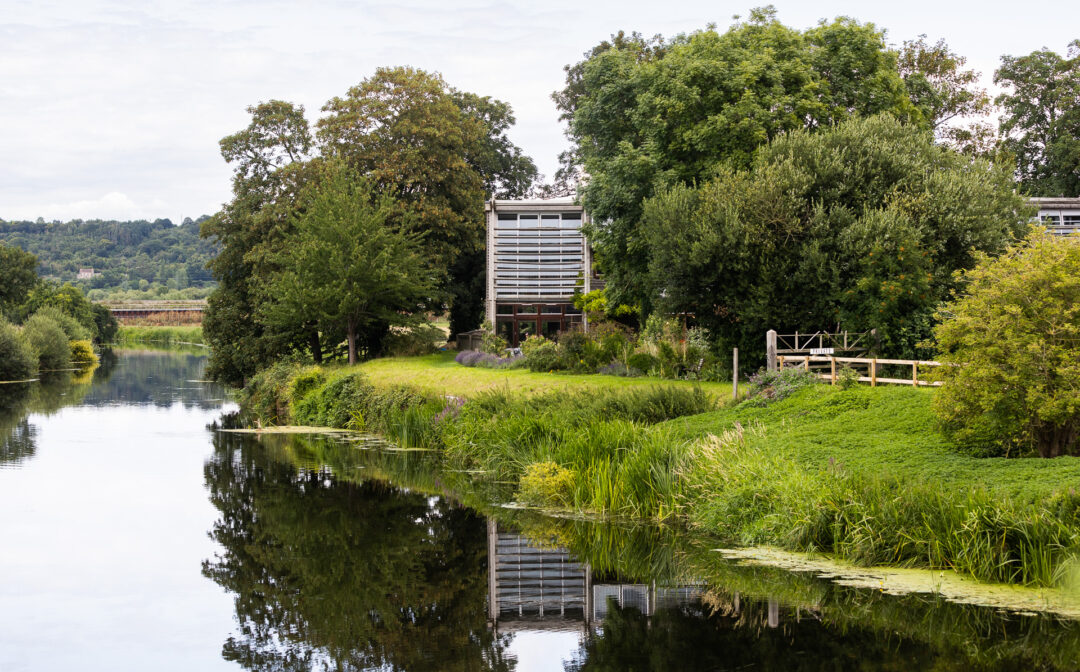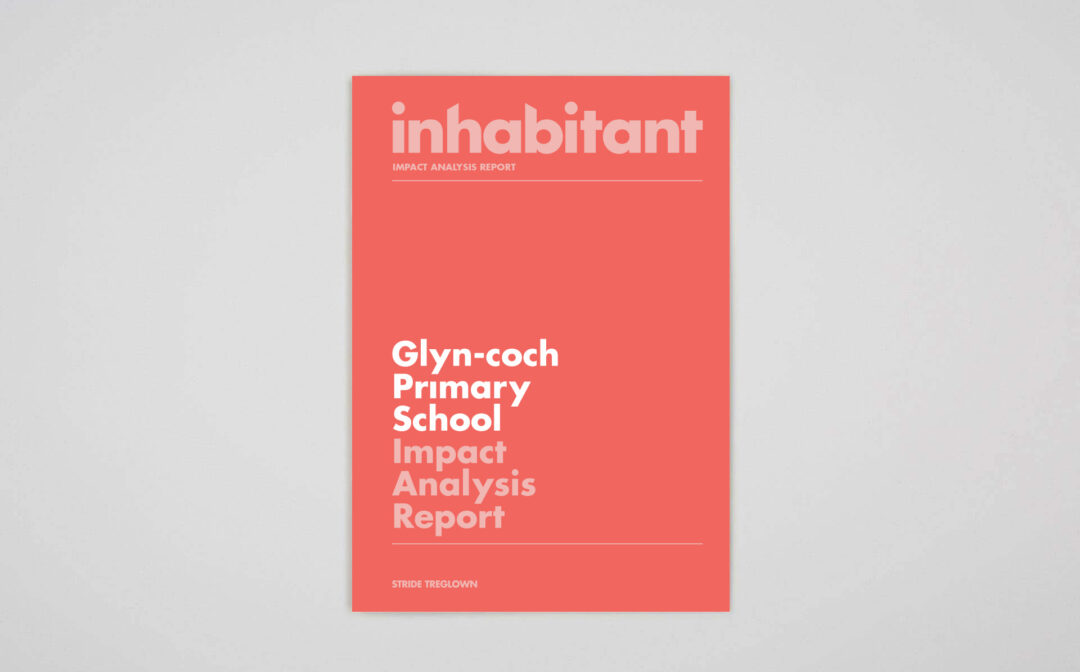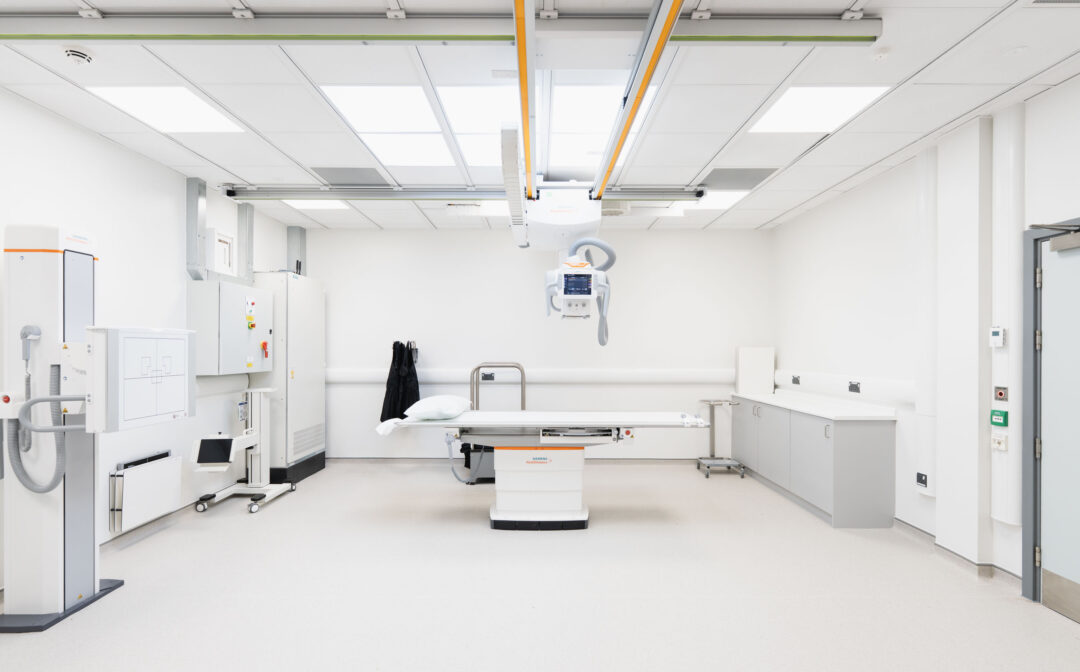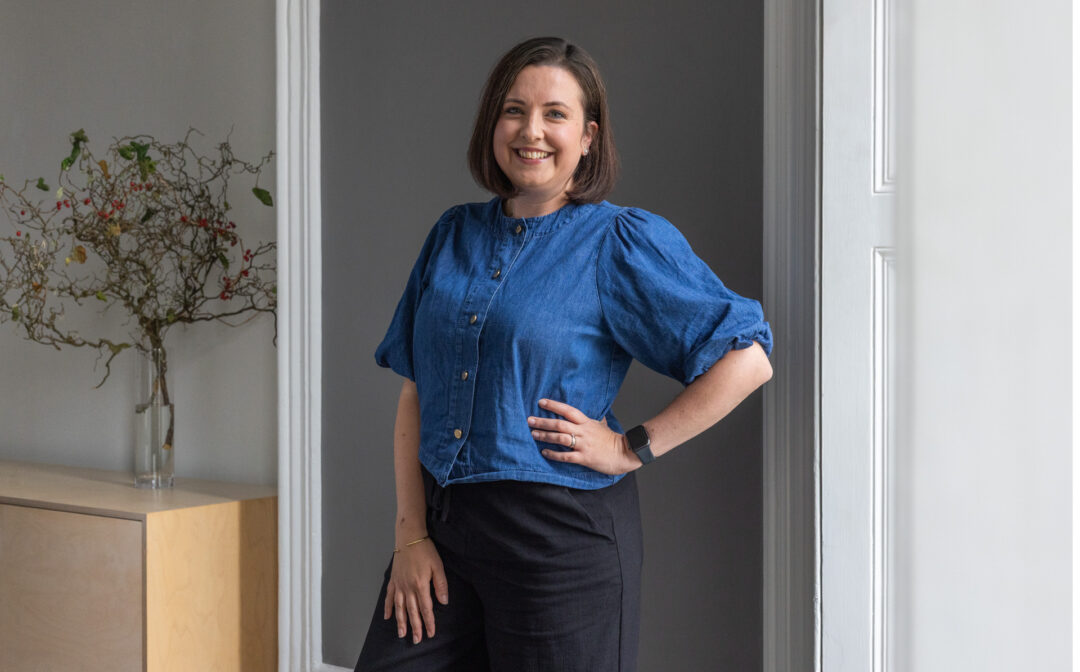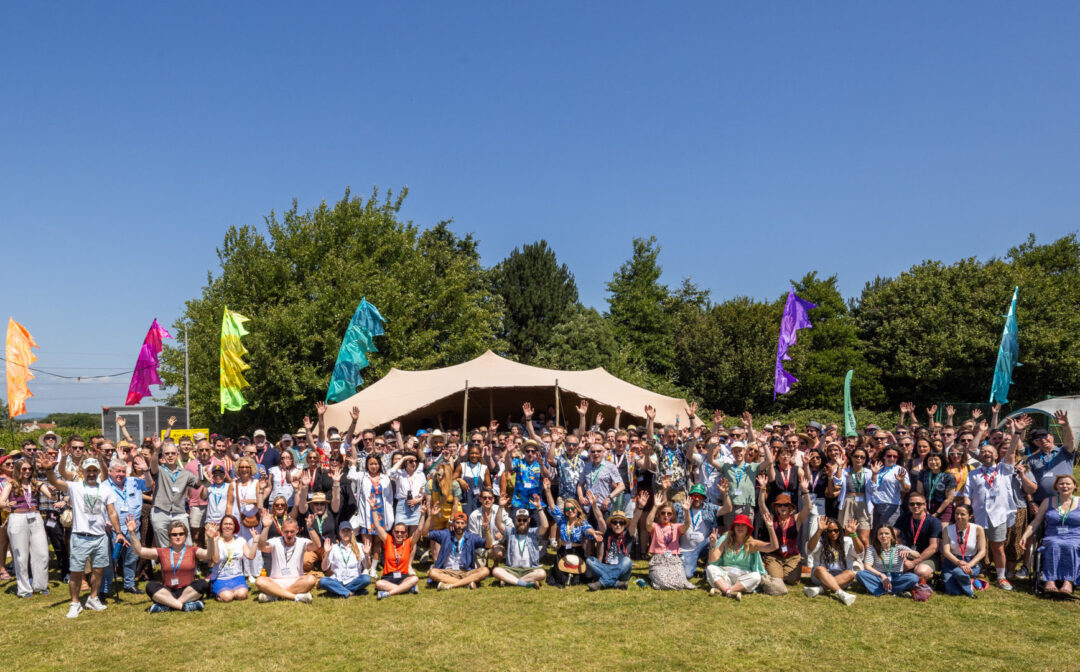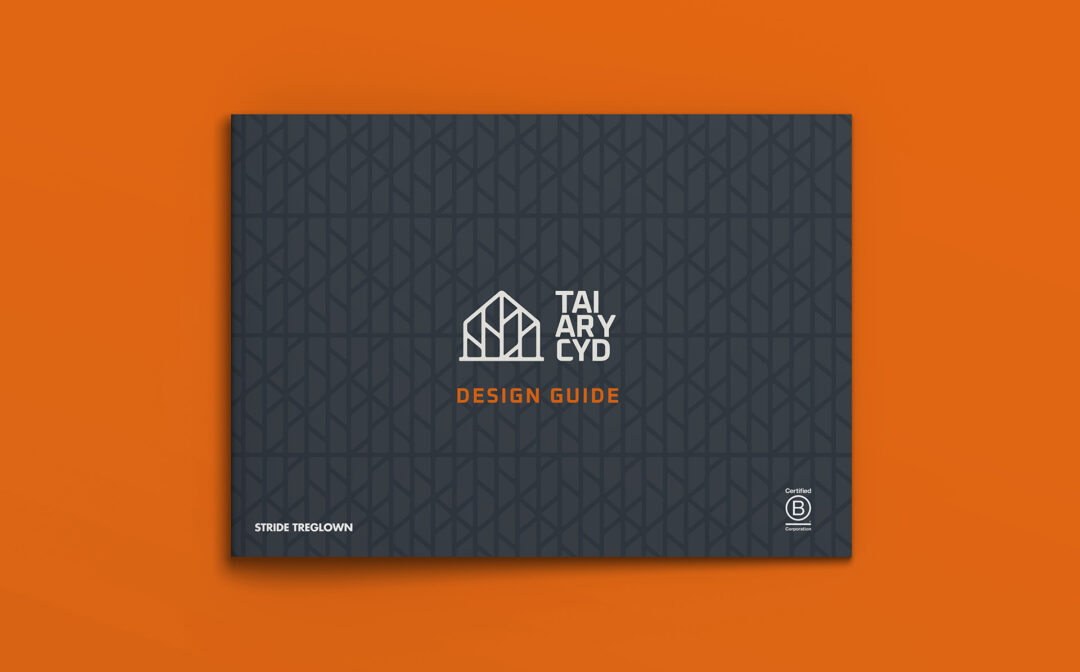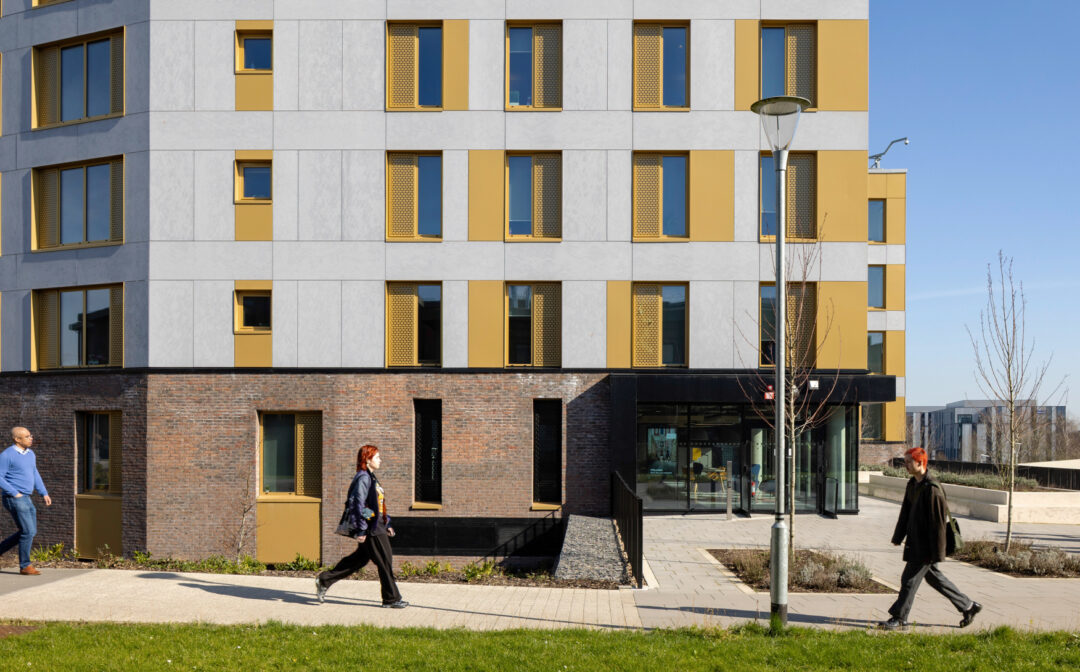Five years ago, Hodge House faced a crossroads. The Grade II-listed landmark on Cardiff’s St Mary Street was approaching the end of the leases for all of its tenants. Despite its prime location, the eight-storey building needed a complete repositioning to compete in the city’s evolving office market.
Today, Hodge House is a different story entirely. It’s fully let, attracts the city’s highest rents, and has become a recruitment tool for the tech, energy, and design companies that call it home.
To understand the strategy behind its transformation—and the lessons it offers similar projects—Toni Riddiford (Head of Office & Workplace at Stride Treglown) and Andrew Mercer (Office Sector Lead at L&G Asset Management) sat down with the occupiers to reflect on the journey.
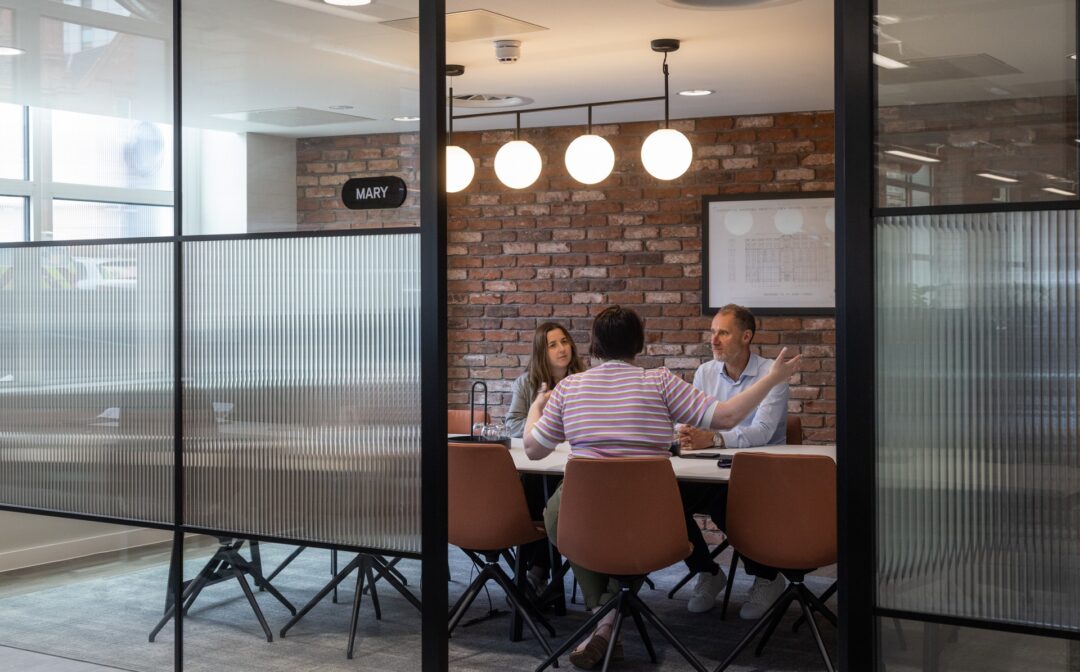
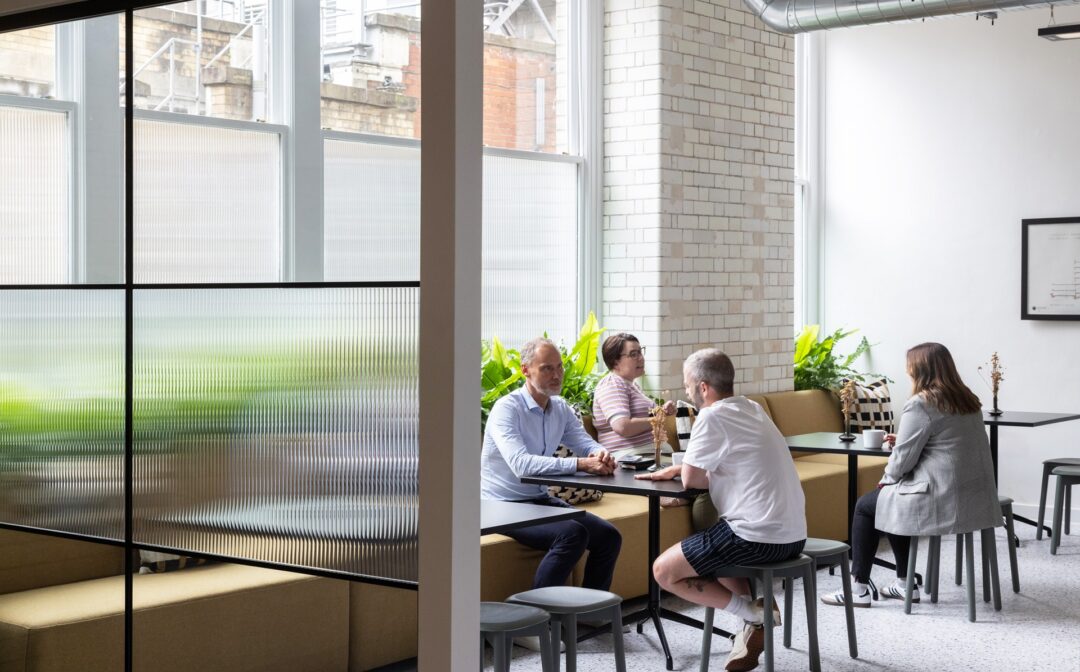
Toni: “At the start of the project, we knew we needed to reposition Hodge House completely. The brief was to make this tired building attractive to a new generation of occupiers—but do it cost-effectively. We were looking for smart interventions that would deliver maximum impact.”
Andrew: “Certain concepts we introduced were new to the region, but the results speak for themselves. Rents have doubled since the initial appraisal. Some tenants have renewed at £37.50 per square foot, up from £18 before refurbishment. The wider Cardiff market hasn’t seen that kind of growth.”
The team approached Hodge House like a hospitality venue—designing for experience, community, and the moments between work. Validation of this strategy came from The Crown Estate, who chose Hodge House as their only leased space outside their own portfolio because it offered parity with their London headquarters.
“We have a fantastic office in London, and we wanted people working in Cardiff to have that same quality,” explains Rebecca Williams, Director Wales at The Crown Estate. “There aren’t many buildings in Cardiff that have the feel this building has.”
The importance of first impressions
Investing in the arrival experience—alongside the quality of finishes and careful restoration of heritage features—helped the refurbishment create something genuinely distinctive in the Cardiff market.
“The front-of-house team are always so friendly, helpful, and accommodating,” says Rebecca. “Everyone who visits comments on it. The entrance makes a big impact—that presence and sense of arrival really matters.”
It’s that hotel-like quality that other occupiers mention most, where the reception and coffee lounge set the tone immediately. As one occupier put it: “It’s a really versatile space—people having lunch on one side, informal meetings on another, networking events at the same time. My colleague even hosted a speed dating event there recently. You get that wow factor from the coffee lounge.”
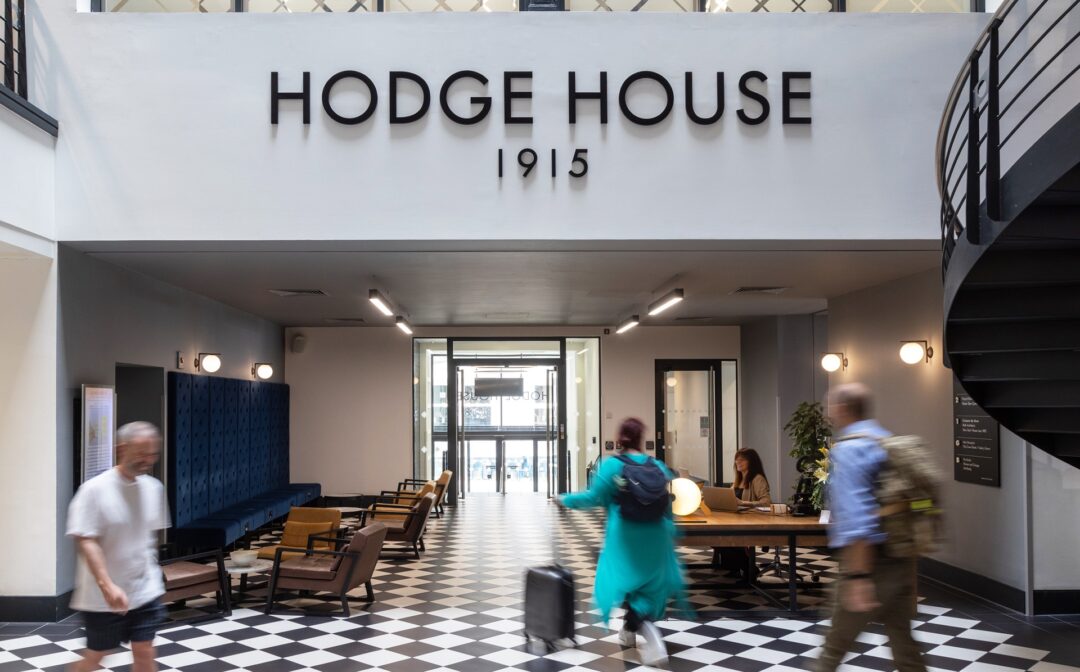
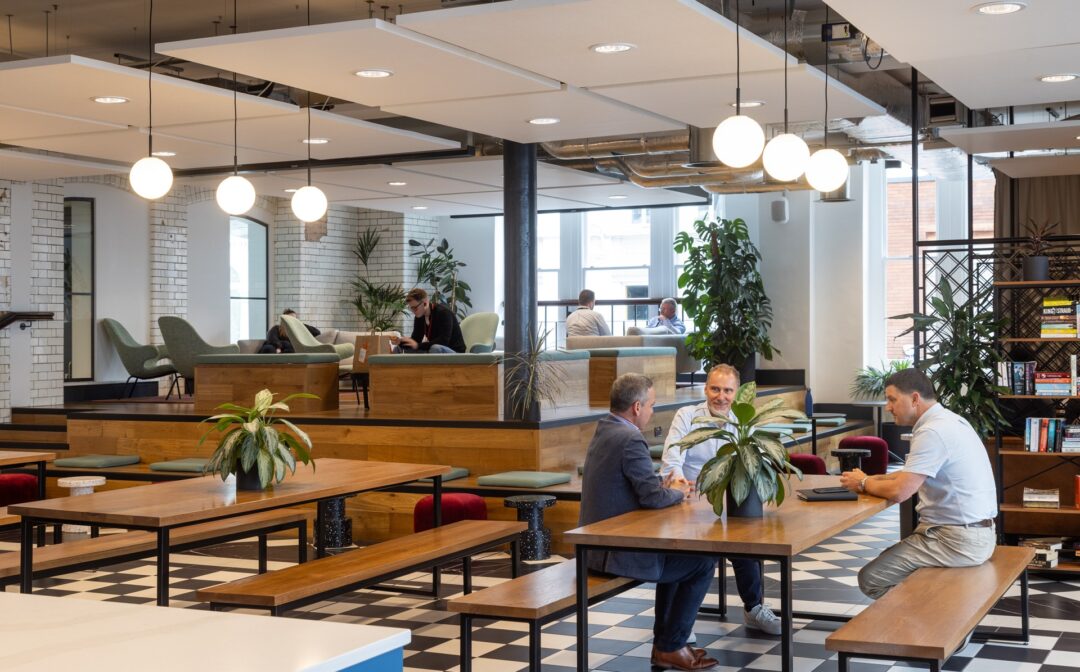
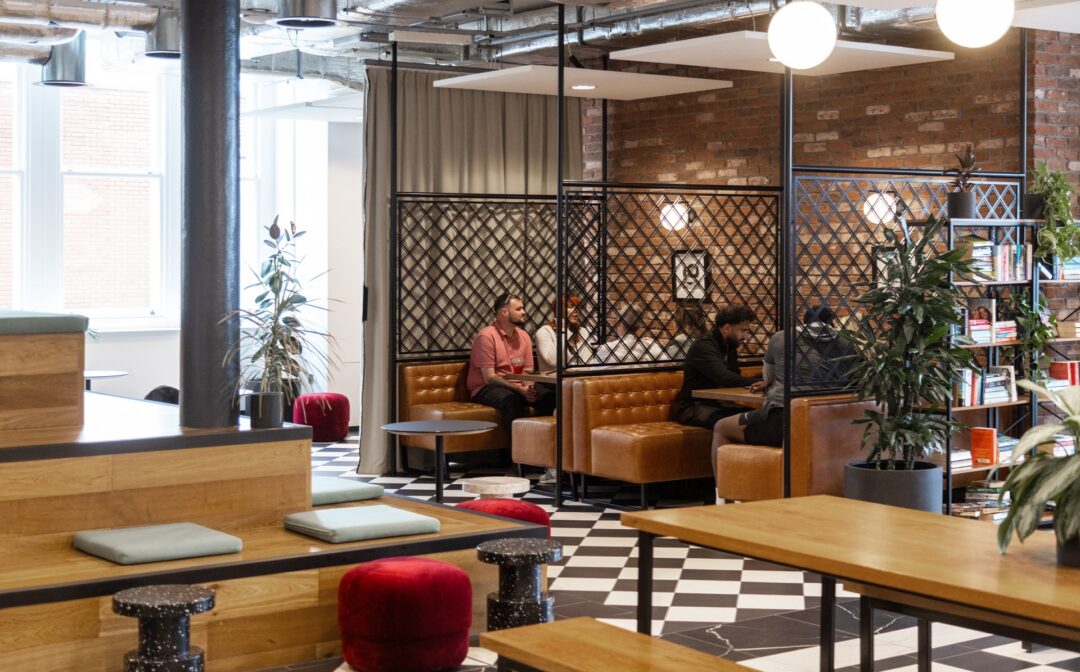
The surprises that worked
Some of the building’s most successful features exceeded initial expectations. Out of context, the ‘Get Ready Room’—a dressing space with Hollywood style mirrors for those heading out after work—could easily have felt gimmicky, but it’s now one of the building’s most memorable features.
Toni: “It works here because it connects to the city, to Cardiff’s social life outside the office. In other contexts, you might have a Peloton room or climbing wall, but here it’s about the nightlife of St Mary Street. It works because it serves the local lifestyle.”
“It’s the best thing on earth,” laughs Clare Caswell, Head of HR at Surgical Science. “When I’m doing onboarding tours, it’s the one thing everyone says, ‘Isn’t it great?’ We use it to get ready for Christmas parties.”
Splashing out on, in Andrew’s words, “the most expensive coffee machine we could find”, is also paying dividends for the office vibe. “Some of the best conversations happen there,” says Callie Cooper, Regional Facilities Manager at Bellrock. “It’s such a draw having good coffee—it helps build the community.”
Learning through doing
Beyond the communal spaces, the offices themselves, including the Capsule units—Legal & General’s CAT A+ ready-to-occupy leasing offer—also became a testing ground for continuous improvement.
Andrew: “We’ve done over 100 Capsule units now across the UK, but when we started here, it was really early in that process.”
Toni: “We did four here in total, and you can see the evolution. The later ones have softer palettes, a more varied mix of furniture, more dressing and artwork. We were both learning together—what worked, what didn’t.”
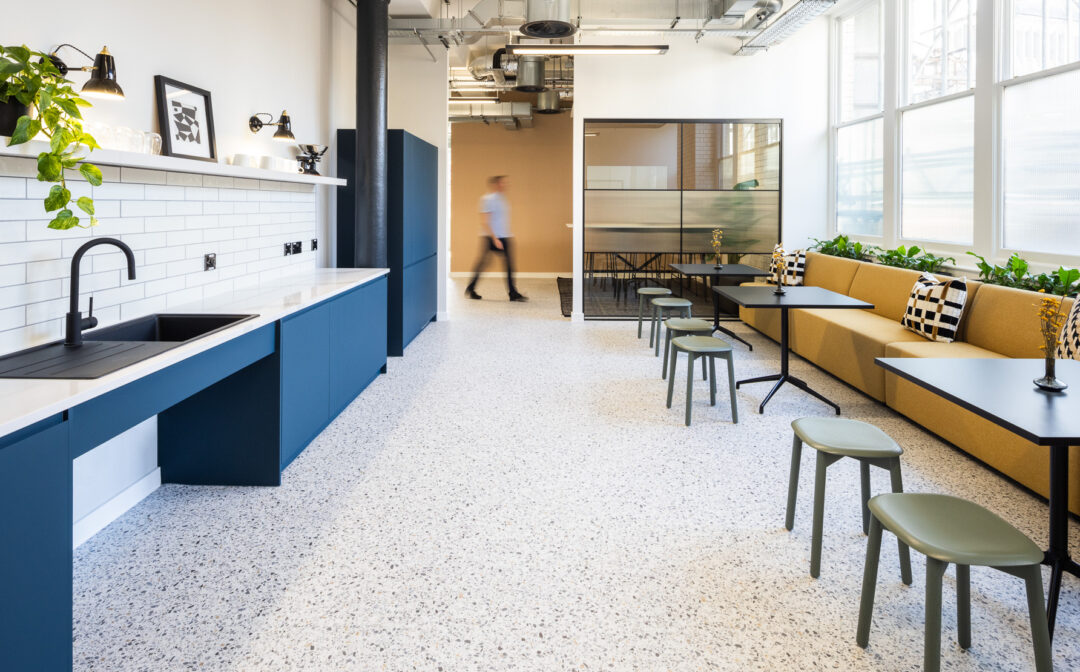
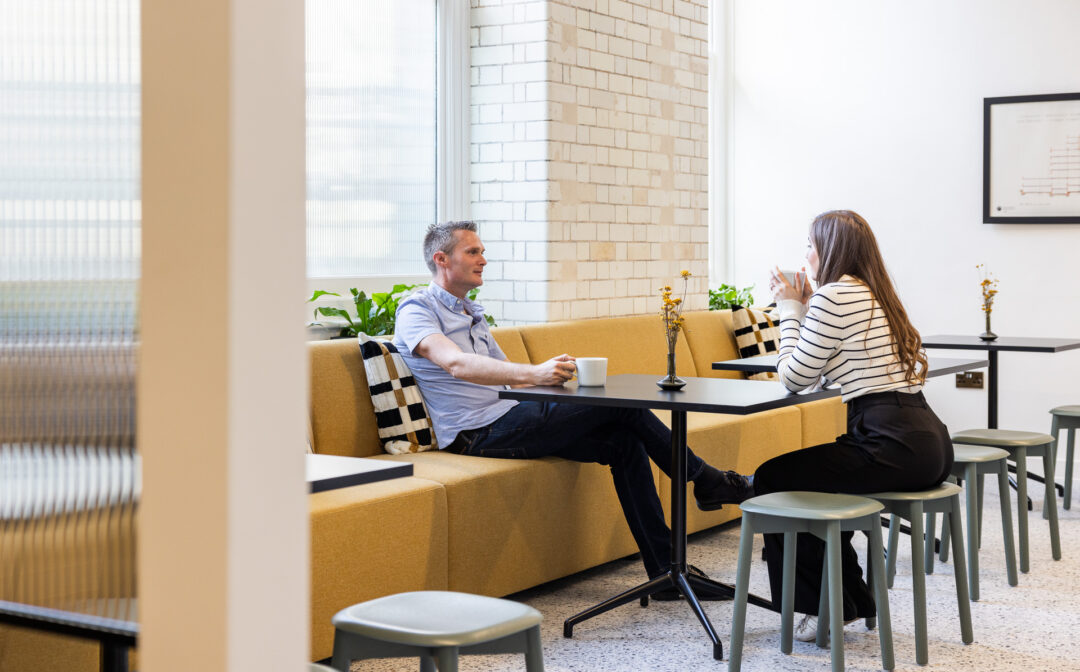
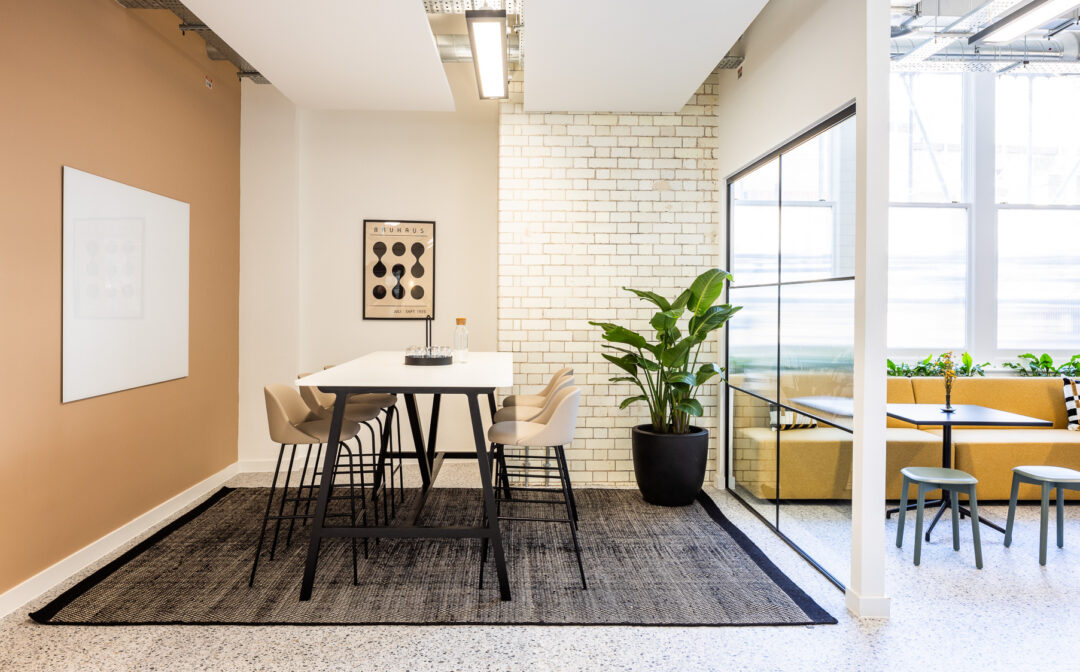
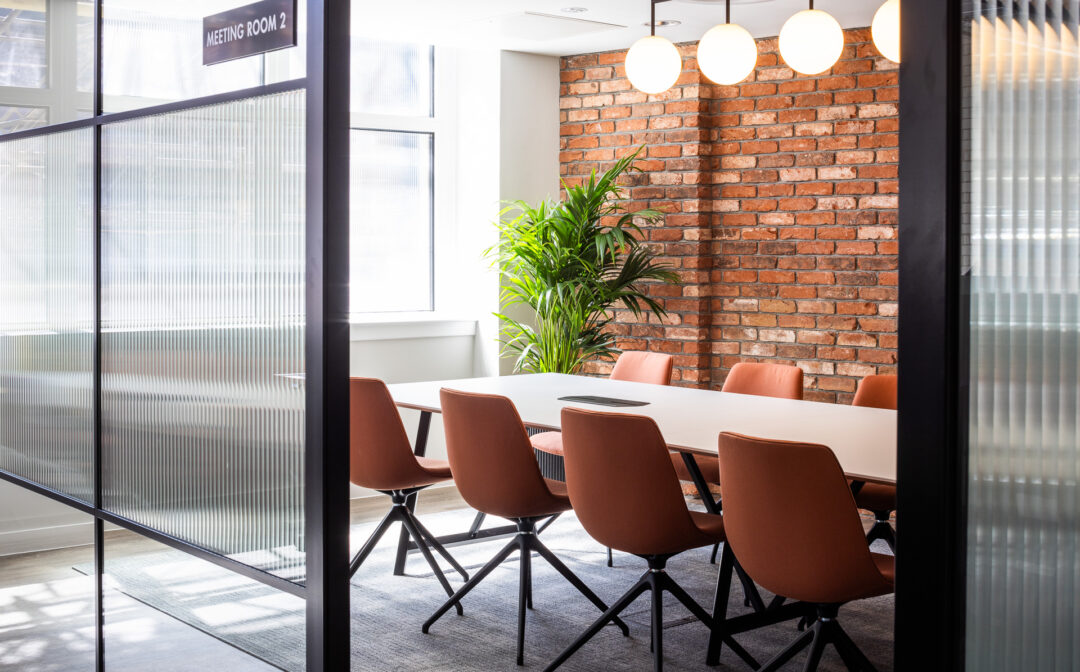
Occupiers have made the spaces their own too—another key element that’s helped bring Hodge House to life. The Crown Estate installed a bespoke Windsor oak table—”a connection back to who we are and what we stand for”—while others added their company branding, extra meeting pods, and storage. That personalisation was always part of the plan, but the extent to which occupiers embraced it reinforced the importance of letting organisations express their own identity.
One consistent piece of feedback was the demand for more small, one-on-one meeting rooms—something that’s now being incorporated into new Capsule designs across L&G’s portfolio.
Involving the building managers from the start
Recognising that buildings often succeed because of the people who run them daily, the design team worked closely with facilities managers to understand their needs throughout the project.
Toni: “We provided a larger office for building management once we understood how many different functions they’d need to handle. They were heavily involved in strategies around access control, wayfinding, and how the common spaces would function day-to-day.”
That collaborative approach has ultimately contributed to a more positive occupier experience. “I’ve managed projects where it’s ‘this is the design, figure it out after we leave,'” says Callie. “Here, the design team was asking ‘what’s your opinion?’ and ‘does this work for you?’ That makes such a difference to how the building actually operates.”
Toni: “Some operational challenges emerged that we hadn’t anticipated. But the beauty of doing this in phases was that we could act on feedback and adjust as we went. It was a two-directional learning experience.”
Andrew: “We encourage continuous feedback through QR codes that go straight to our asset management team. We look at everything, and it usually triggers action.”
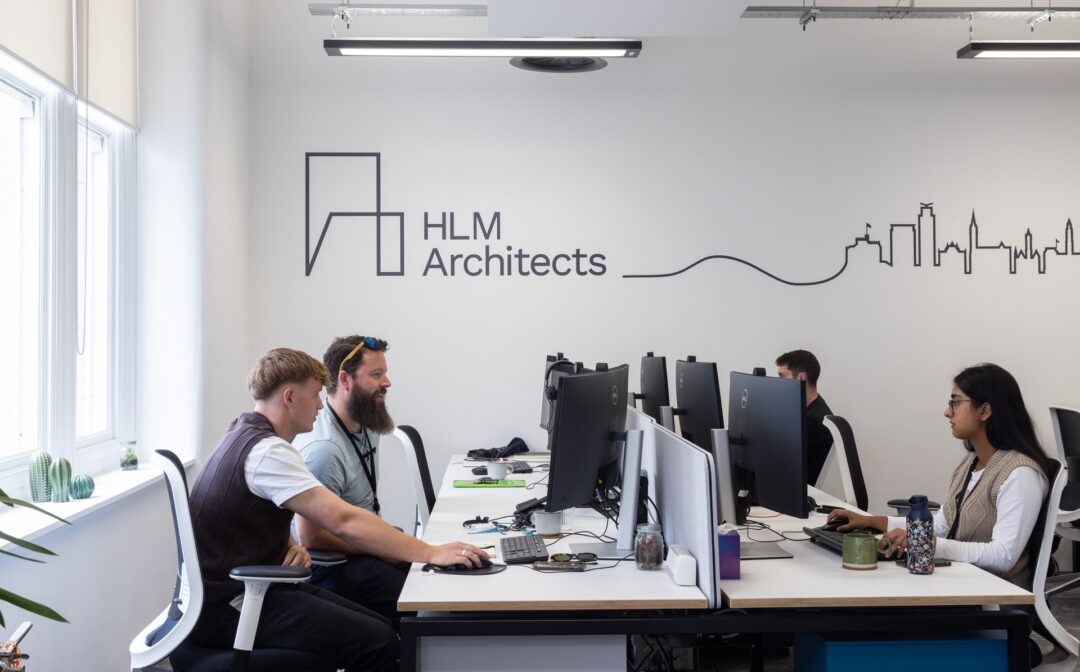
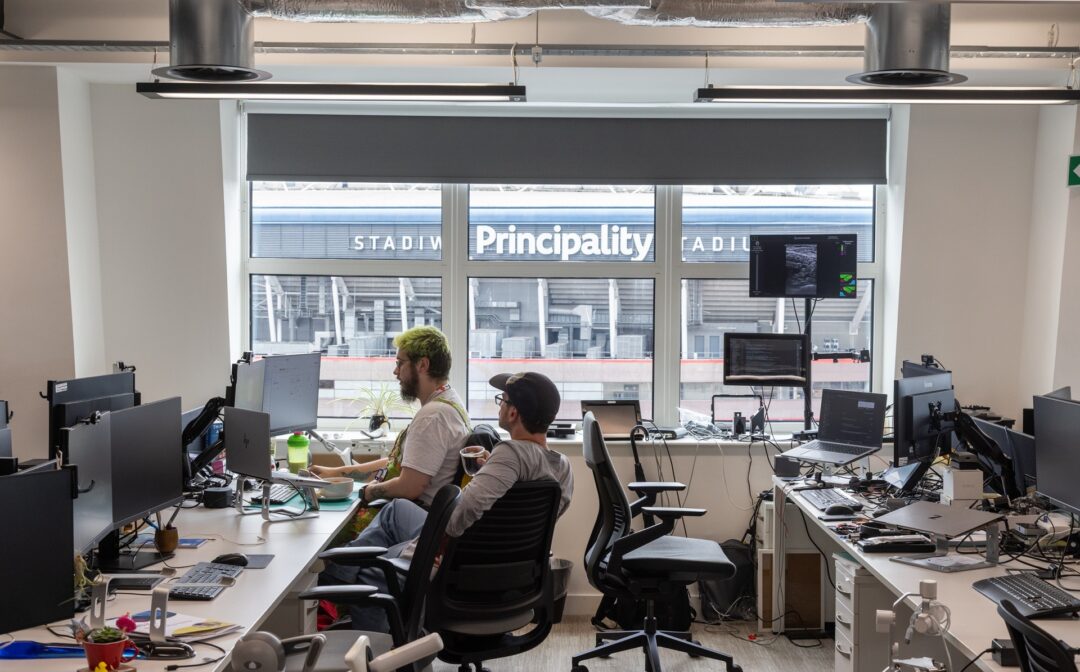
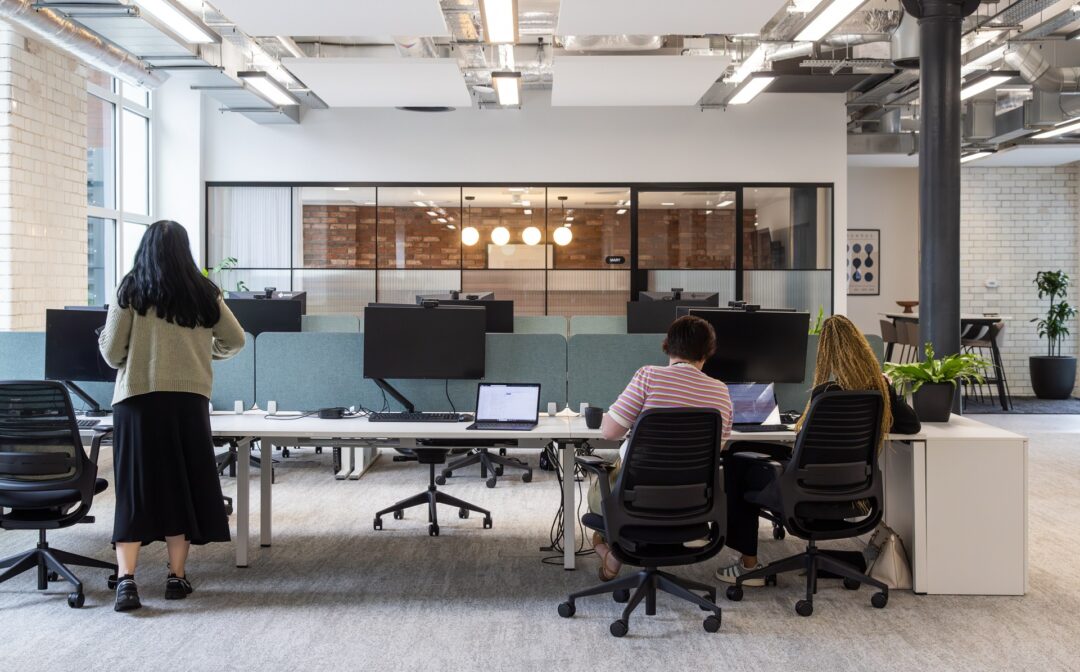
The business impact
Hodge House now achieves the highest rental values in Cardiff, is fully occupied, and occupiers can see how it’s benefiting their company culture.
“From a HR perspective, the building is a real selling point when we’re recruiting,” says Clare Caswell. “People don’t want to work from home anymore,” adds Belen Ortiz, Studio Executive at HLM Architects.
The benefits extend to more practical considerations too, like when occupiers need environmental data for ESG reporting. “We did a carbon audit this year, so I had to request a lot of data for that. I got all of the information that I requested,” notes one office manager. “The environmental information available as part of the process was very clear. That was important.”
Even constraints became strengths. With no outdoor amenity space possible on the heritage building, occupiers found advantages in its central location. “We’re so close to the castle and Coopers Field,” says Callie Cooper. “People are happy to go for a walk. It’s not missed in the way it might be elsewhere.”
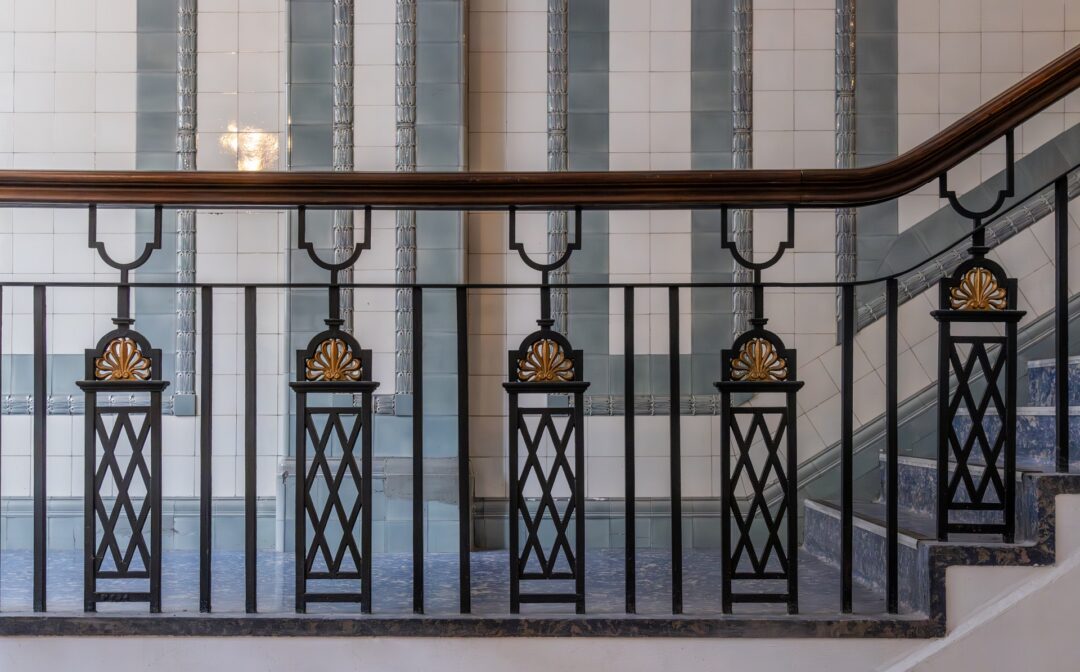
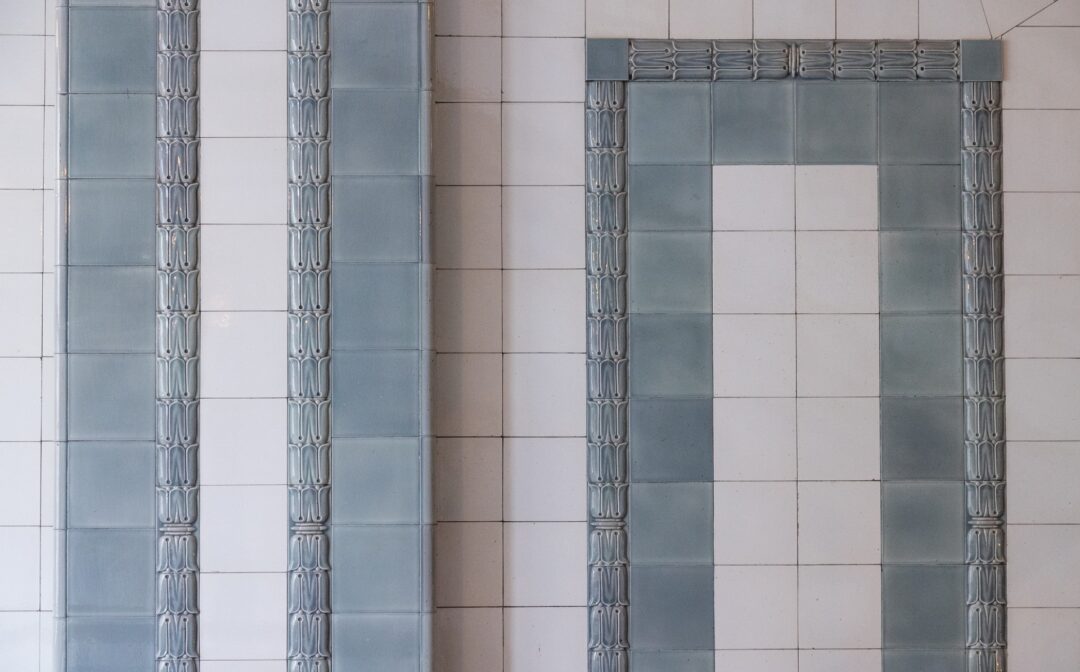
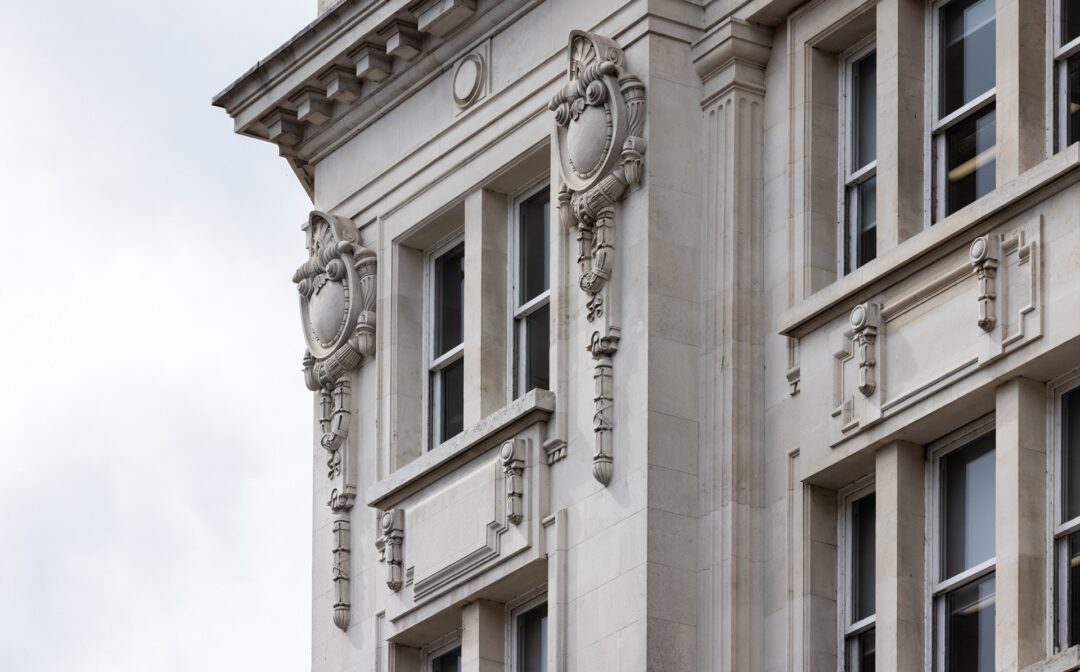
The relationship difference
For both Andrew and Toni, giving everyone a voice in the process was a huge factor in Hodge House’s success.
Andrew: “Success comes from listening and responding over time. But you need all parties talking to each other to understand what makes the space work. That’s what creates long-term value.”
Hodge House has won multiple awards. But for its design team, the greatest achievement is proving what’s possible when you refuse to write off tired assets.
Toni: “This project shows that retrofit can be transformative, especially if you focus on the fact that it’s the people that make a building. You can unlock real meaningful value, create community, and extend the life of heritage buildings.”
Andrew: “The lesson for me is that success comes from staying close to the people who use the space, from listening, and from evolving together over time. Get the relationships right, and everything else follows.”
